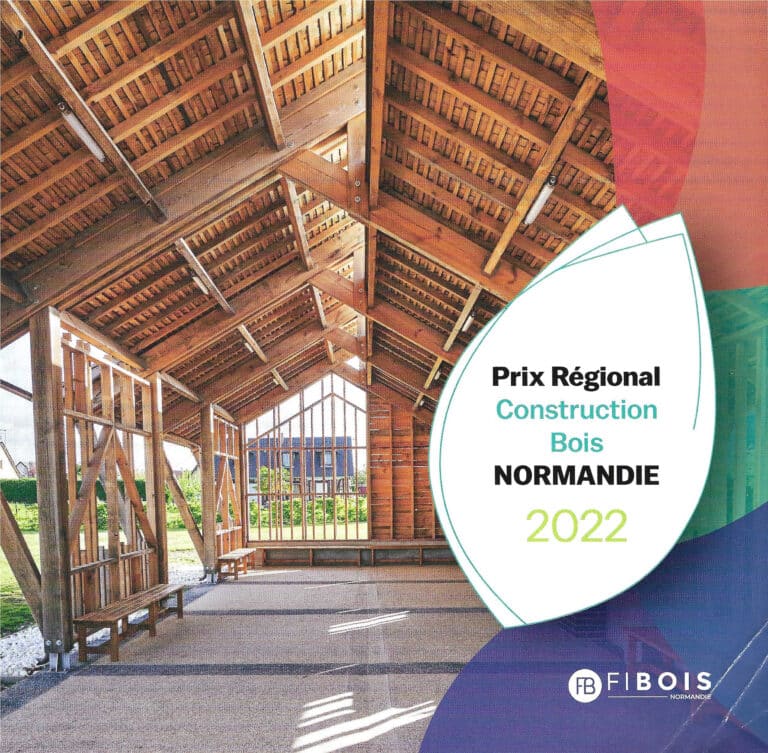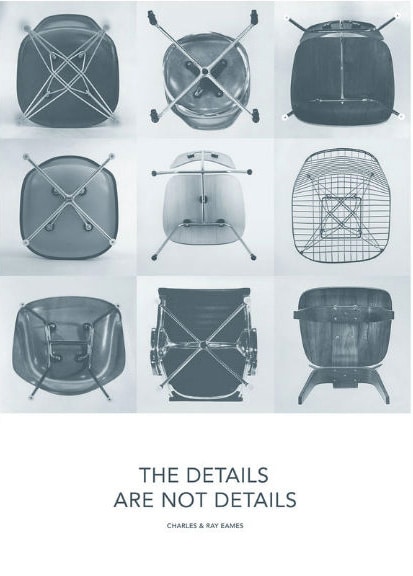This elective offers students the opportunity to explore different approaches to "doing" than those they have encountered up to now in their undergraduate studies. It allows students to explore approaches to design, creation, observation, and participation, linked to a situation or an exploration of processes in order to pursue and deepen questions related to their interests. The "Situation" course is also an opening to the teaching of factories and workshops in the master's program.

Choice 1: "Think and do wood
Teaching team: Asle Gonano and Benoît Flin
To continue this education, students must enroll in a short project workshop.
Wood, a material with multiple uses, is timeless. It has marked the history of construction with its perennial imprint and its potential is revitalized and reborn through environmental issues. The course and the proposed work have nothing cyclical, they are part of an educational approach, a sensitive, poetic and technical discovery of a material of exception, a material of meetings and complementarities.
"This physical, sensual need for the company of sculptures, objects, furniture, wooden houses, would it not come from the Neolithic, where wood forms an integral part of the environment of man, from the appearance of the first signs of social life? "José Subira-Puig Sculptor (1925-2015).
"There is a perverse effect to valorize wood by resorting to industrial products that consume a lot of grey energy", Jacques Anglade Wood Engineer /Interview with AMC Hors-series 2017
In this teaching, we want motivated students towork as a team to show local actors the skills they have acquired and their ability to build in a specific context, to highlight, appreciate and better understand the profession of architect, by placing the School outside its walls in a direct relationship with reality.
After the hiker's hall in Vatteville -la-Rue in 2018 (Regional Wood Construction Award 2022), a promontory-panorama in the Trait-Maulévrier forest in 2020 and a wildlife observation post in the Cotentin Bessin Regional Nature Park in 2021, this year the partnership will focus on the design of a 100m² covered-open hall in a commune of the Eure, Fourmetot-Le Perrey.
Choice 2: "Rethinking representation: the field of possibilities
Teaching team : César Canet and Catherine Simonet
We start from the fact that at the end of S01 students know how to build perspectives and draw plans by hand, which are very often of very high quality. Unfortunately, this knowledge is very little put into practice with the learning of digital tools.
This intensive would allow the students to question the representation so that they become aware of the immensity of its field and its possibilities so that the students use it in the development of the project and not only for its formalization.
This intensive would allow students to:
- to acquire autonomy and tools in preparation for the master's degree
- to question architectural notions through the mediation of representation
- to shape/image a narrative around a project
- to question the representation, in the choice of the geometrical their combinations but also in the mediums (drawing, video, model...) the various tools/materials and in the method
- to discover the graphic universe of architecture but also of art history, comics, animation, etc.
Choice 3 : "Recycling
Teaching team : Sophie Cambrillat and Dominique Lefrançois
To continue this education, students must enroll in a short project workshop.
The workshop, with an operational as well as a research aim, brings together architecture, design and sociology to address one of the most problematic issues today, namely the future of industrial waste. Such disciplinary associations are intended, consequently, and with the aim of experimentation, to be carried out around the furniture to encourage the emergence of new skills for the architect.
To go in the direction of new collaborations between trades or disciplines to answer at the same time the problem of the accumulation of the deposits - by too constant and inopportune of the industry - but also to imagine new ways of thinking the furniture for the habitat or the third places more in conformity with the evolution of the ways of life; starting from these resources resulting from the industry or from the deconstruction
Following in the footsteps of the design and furniture agency Maximum, with whom we plan to exchange during a visit and meeting in Paris, the workshop intends to question the ways to invest in the circular economy .
This semester we propose, through the use of furniture, to explore the question of the cafeteria: this offers us the opportunity to reflect, beyond the walls of the school, on the interest and evolution of eating places today; within the school enclosure, more particularly, on the importance of meeting places and breaks that are not always sufficiently considered in the space devoted to work and teaching.

Choice 4 - "Page space, post-truth [If nothing is true anymore, is everything false?]"
Teacher : Caroline Sebilleau (To be confirmed)
The main objective is to experiment with an editorial process that articulates collective moments and others in which tasks will be divided among students and accomplished individually. We will produce a set of bound pages and test different paper formats and binding types. These pages will be spaces within which to compose and arrange collectively chosen content, information from the press, social networks or invented from group discussions and games. We will mainly use manual tools to make margins, draw letters, write text, insert illustrations, paste images.
To choose, or edit the contents to be composed in these "page spaces", we will take as a starting point the notion of "post-truth" and one of the questions it raises: if nothing is true anymore, is everything false? The term "post-truth" is used to qualify a period in which "personal opinion, ideology, emotion, and belief prevail over the reality of facts". Thus the notion of "post-truth" is as much a way of reconsidering the narratives that shape our daily lives as it is the way they come to us, for example via posts on social networks.
These networks of beliefs and cartographies of powers will be the starting point of our investigation to fill the "page spaces" that we will have made with the stories and images to which we want to give a paper existence.